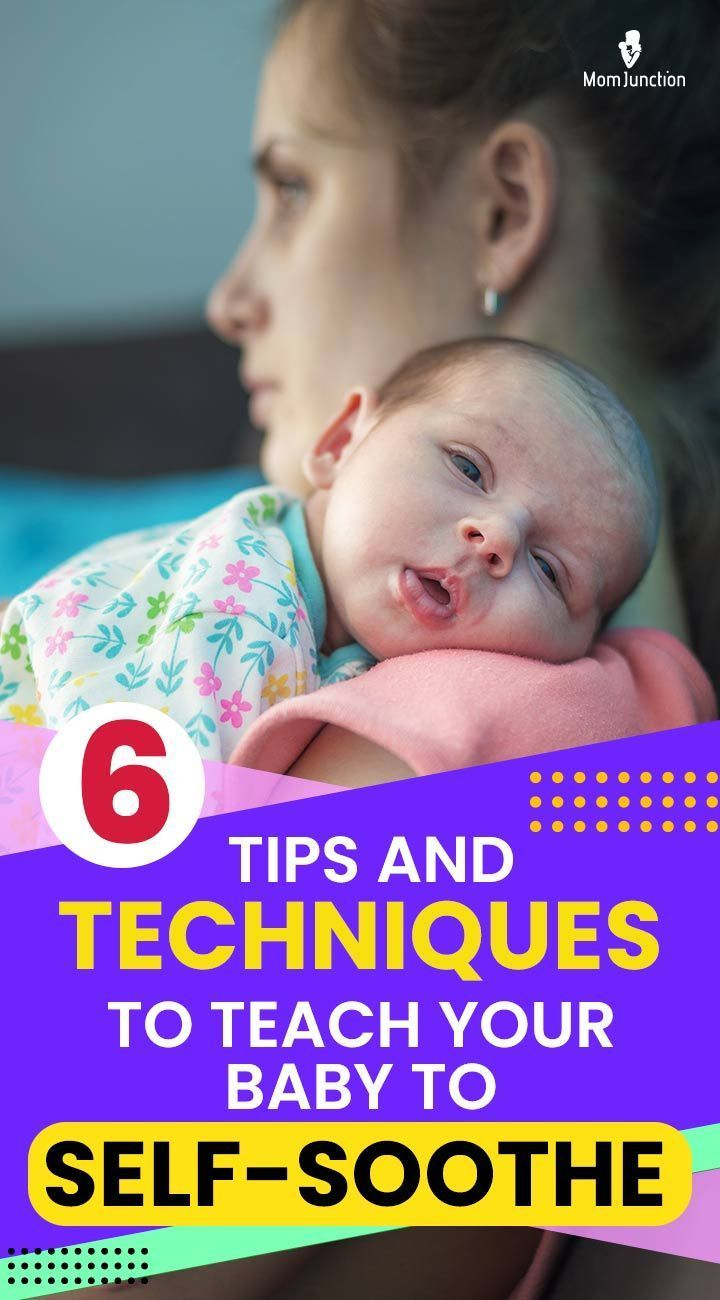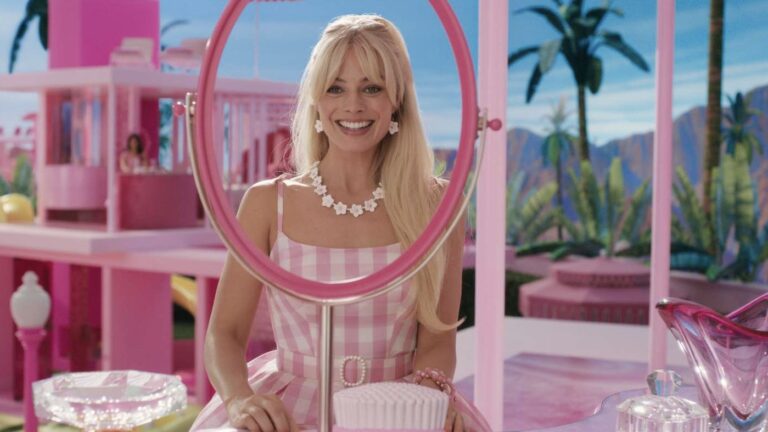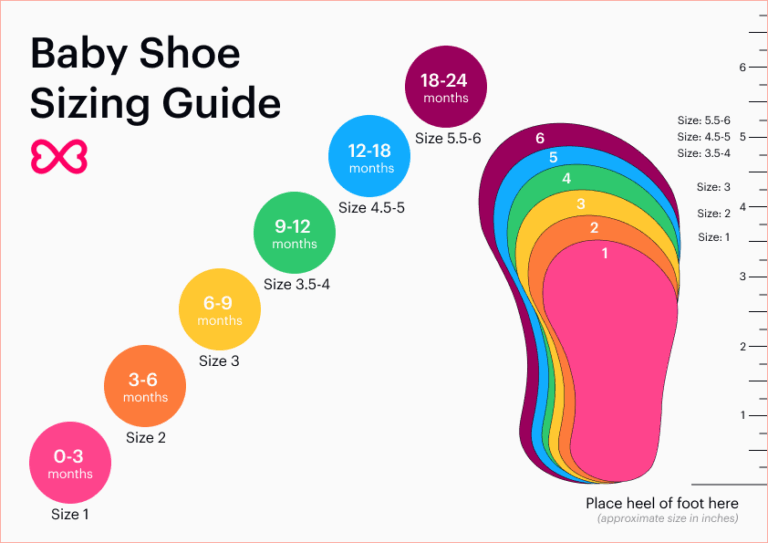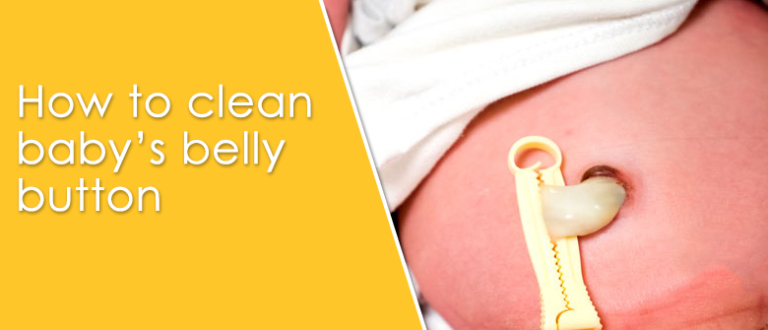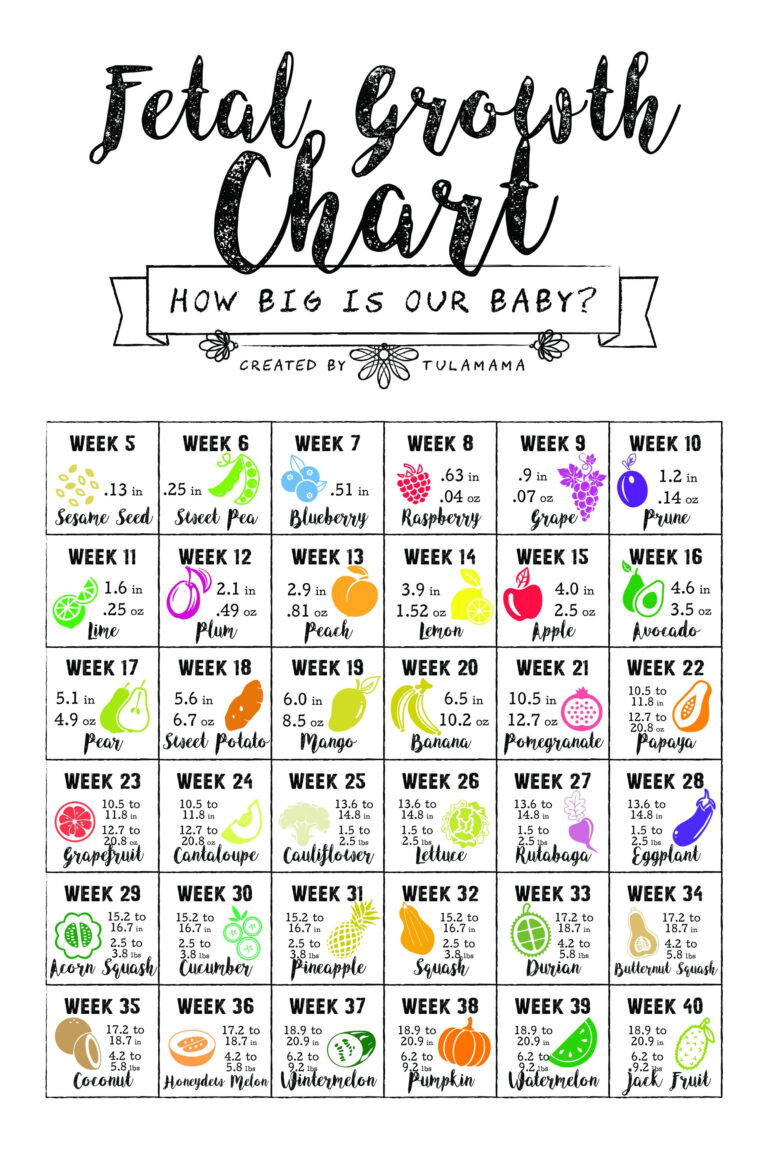Different types of baby carriers and their benefits
When it comes to transporting your little one, baby carriers offer a convenient and hands-free solution. With a wide range of options available in the market, understanding the different types of baby carriers and their benefits can help you choose the right one for your needs. Let’s explore the world of baby carriers and discover how they can make both caregiver and baby happy.
From wraps to structured carriers, each type has its unique design and features that cater to various preferences and situations. Whether you’re looking for comfort, versatility, or ergonomic support, there’s a baby carrier out there for you. Join us as we delve into the realm of baby carriers and uncover the advantages they bring to both parent and child.
Types of Baby Carriers

Baby carriers come in various types to cater to different needs and preferences of parents. Let’s explore the different types available in the market and their features.
Wraps
Wraps are long, stretchy pieces of fabric that can be tied around the body to create a secure pouch for the baby. They offer excellent versatility as they can be adjusted to fit any body type and provide a snug and cozy environment for the baby. Wraps are suitable for newborns and allow for various carrying positions. However, they may have a learning curve when it comes to tying them correctly.
Slings
Slings are one-shouldered carriers that offer a quick and easy way to carry your baby. They are compact, lightweight, and perfect for short trips or breastfeeding on the go. Slings are great for newborns and can be adjusted for different carrying positions. However, they may not distribute the weight evenly across the body, leading to discomfort with prolonged use.
Structured Carriers
Structured carriers have a more rigid design with padded shoulder straps and a waist belt for added support. They are easy to put on and adjust, making them ideal for parents who are always on the go. Structured carriers offer excellent weight distribution, allowing for long periods of comfortable carrying. However, they may not be as compact or versatile as wraps or slings.
Comparison
- Wraps: Versatile, snug fit, suitable for newborns, but have a learning curve.
- Slings: Quick and easy to use, lightweight, perfect for short trips, but may not distribute weight evenly.
- Structured Carriers: Easy to put on, great weight distribution, ideal for long periods of carrying, but less versatile.
Benefits of Using Baby Carriers

Baby carriers are not just a convenient way to transport your little one; they come with a myriad of benefits for both the caregiver and the baby. Let’s delve into why using a baby carrier can be a game-changer in your parenting journey.
Bonding Between Parent and Child
Using a baby carrier fosters a strong bond between parent and child. The close physical contact allows the baby to feel secure and loved, while the caregiver can respond to their needs promptly. This bond is crucial for emotional development and creates a sense of trust between the two.
Ergonomic Advantages for Baby’s Development
Baby carriers offer ergonomic support for the baby’s developing body. The correct positioning helps in the healthy development of the baby’s spine, hips, and legs. It also promotes good posture and muscle tone, reducing the risk of hip dysplasia and other orthopedic issues.
Real-Life Scenarios of Baby Carrier Benefits
In real-life scenarios, baby carriers have proven to be lifesavers for parents. Whether it’s navigating crowded places without a bulky stroller, calming a fussy baby while getting things done around the house, or simply enjoying hands-free cuddles during a walk, baby carriers offer convenience and comfort to both caregiver and baby.
Factors to Consider When Choosing a Baby Carrier
When choosing a baby carrier, there are several important factors to consider to ensure the safety and comfort of both the baby and the caregiver.
Baby’s Age
It is crucial to consider the age and size of your baby when selecting a baby carrier. Different carriers are designed for specific age ranges, so choosing the right one will provide adequate support for your baby’s developing body.
Caregiver’s Comfort
The comfort of the caregiver is also essential when choosing a baby carrier. Look for carriers with padded shoulder straps and waist belts to distribute the weight evenly and prevent strain on your back and shoulders.
Safety Features
Always prioritize safety features when selecting a baby carrier. Ensure that the carrier has secure buckles, adjustable straps, and proper head and neck support for your baby.
Proper Fit
To ensure a proper fit when using a baby carrier, make sure that your baby is positioned close enough to kiss, with their chin off their chest and their airways clear. Adjust the straps and buckles according to your baby’s size to maintain a snug and secure fit.
Adjustable Straps and Weight Distribution
Choose a baby carrier with adjustable straps to customize the fit for both you and your baby. Proper weight distribution is crucial to prevent discomfort and ensure a comfortable carrying experience for both of you.
Climate and Season
Consider the climate and season when choosing a baby carrier. Opt for breathable fabrics and carriers with ventilation to keep you and your baby comfortable in warm weather. In colder seasons, look for carriers with additional layers or blankets to keep your baby warm.
Tips for Using Baby Carriers Safely
When it comes to using baby carriers, safety is of utmost importance. Here are some guidelines to ensure you are using a baby carrier safely and effectively.
Correct Positioning of Baby in Different Types of Carriers
- For a wrap carrier, ensure the fabric is spread wide across your back and shoulders for even weight distribution.
- In a ring sling, make sure the rings are positioned high on your shoulder and the fabric is spread wide across your back.
- When using a soft-structured carrier, adjust the straps so that the baby is snug against your body and the weight is evenly distributed.
Checking for Proper Positioning and Support
- Ensure your baby’s face is visible and clear of any fabric or obstructions to maintain proper airflow.
- Check that your baby’s chin is off their chest to prevent any breathing difficulties.
- Make sure your baby’s back is well-supported and not slouching to maintain a healthy posture.
When to Avoid Using a Baby Carrier
- Avoid using a baby carrier if your baby is under the minimum weight or age recommended by the manufacturer.
- If your baby has any medical conditions or special needs that may be aggravated by being in a carrier, opt for alternative methods of carrying.
- Avoid using a baby carrier during activities that may pose a risk to your baby’s safety, such as cooking over an open flame or engaging in high-impact sports.
Common Queries
What are the different types of baby carriers available?
There are various types such as wraps, slings, and structured carriers, each offering different features and benefits.
How do baby carriers promote bonding between parent and child?
Baby carriers facilitate close physical contact, promoting bonding through skin-to-skin contact and shared experiences.
What factors should I consider when choosing a baby carrier?
Important factors include the baby’s age, caregiver’s comfort, safety features, and proper weight distribution.
Are there safety guidelines for using baby carriers?
Yes, it’s crucial to follow safety guidelines, ensure proper positioning, and check for adequate support when using a baby carrier.
When should I avoid using a baby carrier?
Avoid using a baby carrier in situations where it may not be safe or comfortable for you or your baby, opting for alternative methods instead.
